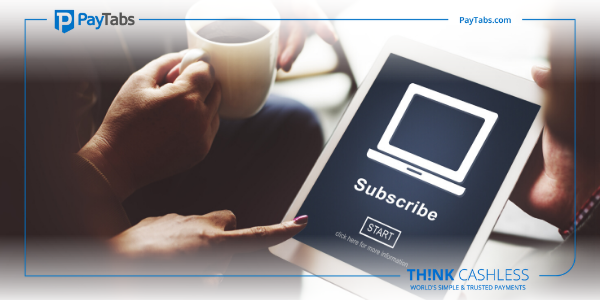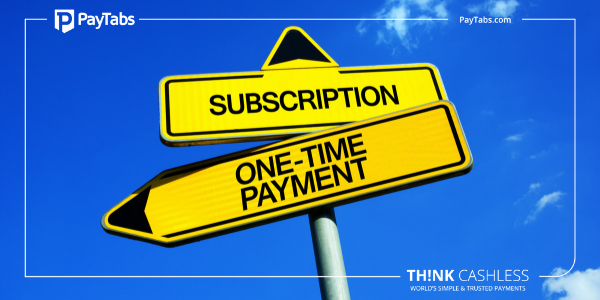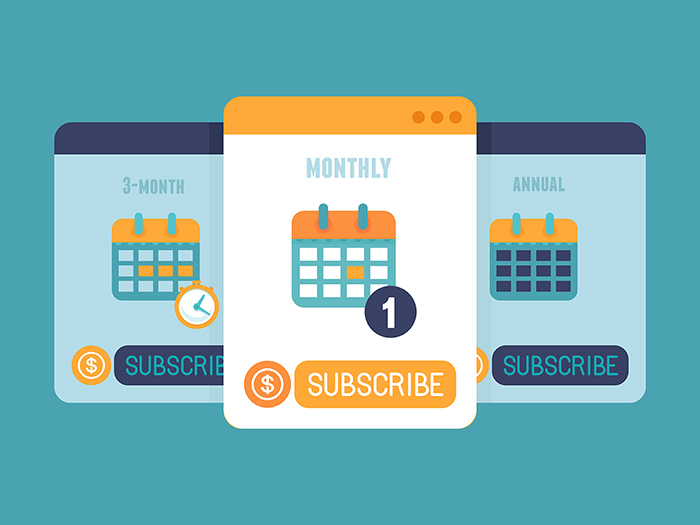Subscription Economy: Business Impact of Rapidly Changing Consumer Needs

Technology has changed the way businesses are conducted. This is primarily due to change in consumer needs and perceptions. Technology has brought newer avenues to the customers and has offered them more choices. One of the most disruptive innovations facilitated by technology is the proliferation of subscription economy. This mode has changed the way consumers pay for different products and services. It also means that the businesses are now able to better handle their cash inflows and improve their liquidity.
What is Subscription Economy
In simple words, it may be defined as the practice of businesses to offer subscription to their customers. This implies that instead of charging a lump sum amount to the customers, the goods or services are provided in lieu of periodic payments. Such periodic payments are called subscription and the model is known as subscription services model. Currently, many companies are moving away from traditional model towards subscription economy due to change in consumer taste and needs.
Under this business model, the consumer is willing to use the goods or services on periodical basis instead of making a one-time commitment. While the payments under this model are expected to be made regularly, the plans may be customized to best meet the individual requirements of the consumers. However, it should be noted that the model has proved to be so successful that it has not only been implemented in B2C segment, but also in B2B sector. It is likely that by 2023, 75 percent of the companies dealing in direct selling will adopt subscription model for their clients.
Subscription economy may have different meanings for different businesses as firms may choose to implement their own versions to suit their requirements and resources. The main types of subscription economy models are a) Pay as you Go, b) Curation model c) Replenishment model and d) Access model. Pay as your Go model is simple and hence highly popular. Under this model, the consumer is charged for periodic delivery of goods and services. Since it takes away the worry to remember the need to renew, the model is also known as convenience model.
Curation model is mainly used by the businesses which provide personalized goods or services instead of the mass ones. This model allows the consumers to discover new products by sampling them, instead of committing to them in the first go. Such subscription boxes are especially popular in food and beauty segment. Replenishment model, on the other hand, is more suitable for goods and services related to regular, day to day life. With such subscription model, the customer can automate the delivery of their consumables. Access based model offers need based access to goods and services on payment of periodical fee.
Impact on Business
Subscription economy has impacted the businesses in a prominent manner. Subscription model implies that businesses are now required to remain in constant touch with their clients since one time interaction is now converted into periodic interactions. The businesses are now required to be more savvy with their customers as every interaction with them forms the foundation for the next one. It is also more important now to keep the customers engaged and interested in your products as they may choose to switch their loyalty if there is any slack in the services. While this factor can keep the businesses on their toes, it also provides them the opportunity to innovate and grow.
With subscription model, the firms can make their cash flow more predictable, allowing them to better manage their liquidity and funds. The higher predictability of the cash inflows let the firms undertake better planning for their future endeavors. Subscription economy also helps the firms by reducing their customer acquisition costs. Further, the firms can also personalize or customize their marketing strategies to best suit their client base. The model is helpful for the clients as well since they are not forced to make lump sum payments.
Conclusion
Subscription model is here to stay and for the ultimate success of this model, it is important for businesses to have a robust and reliable payment processing system. Such system should be able to handle frequent payments in an efficient manner. With such payment systems, the firms can boost their sales and client base.



